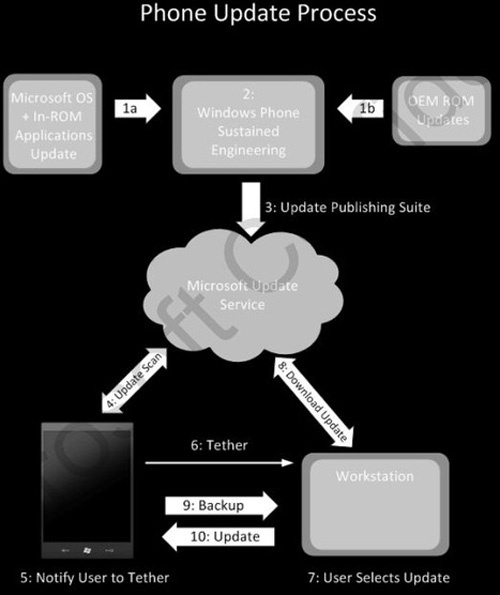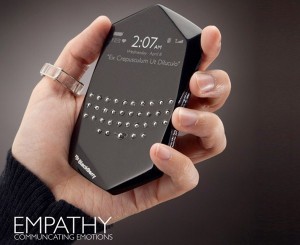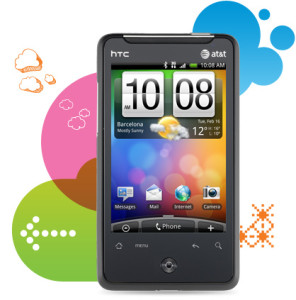Here is the first look into the guts of the upcoming Windows Phone 7’s OS, something we haven’t known much about until. A Windows Live ID is as integral to WP7 as a Google account is to Android, since it’s your key to the app Marketplace and data syncing on the phone—in fact, it pretty much won’t run without it. And some of the nerdier details: It’s a 32-bit OS, with a kernel layer (the kernel, file system and graphics rendering) and a user layer (the graphical shell and apps). 3D graphics, BTW, run using standard Direct3D 11, not a gimped mobile version of DirectX. Apps get up to 1GB of virtual memory, with 2GB total for processes.
Windows Phone 7 OS will use two different file systems: IMGFS for system files, and TexFAT for user files. User files can be stored on memory cards or internal flash memory and have the system treat both locations as the same. Oddly enough, if a memory card containing key files is removed or the files are erased, the phone will be rendered useless and will be available for emergency calls only.
Changes allowed to the UI are minimal. Providers and manufacturers can add custom tiles to the home screen, but the standard Microsoft tiles can not be removed. The boot screen can be changed by carrier or manufacturer and ringtones and wallpapers can be added. Additionally, Bing is the default search engine for the device, but manufacturers and carriers can change the default search engine found within Internet Explorer. The carrier or the manufacturer can also add custom applications to the ROM of a device (excluding trial apps which are forbidden), but these apps must be first approved by Microsoft. Only 6 applications occupying a maximum of 60MB are allowed.
Source: Boy Genius Report.




